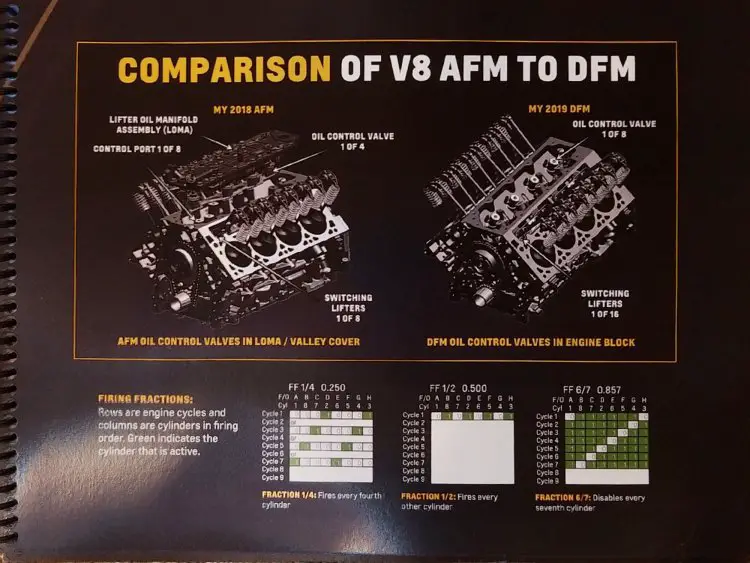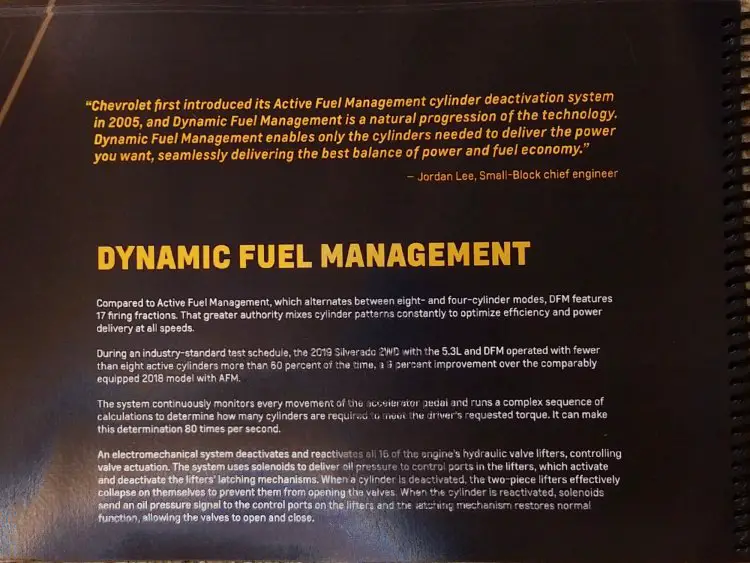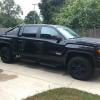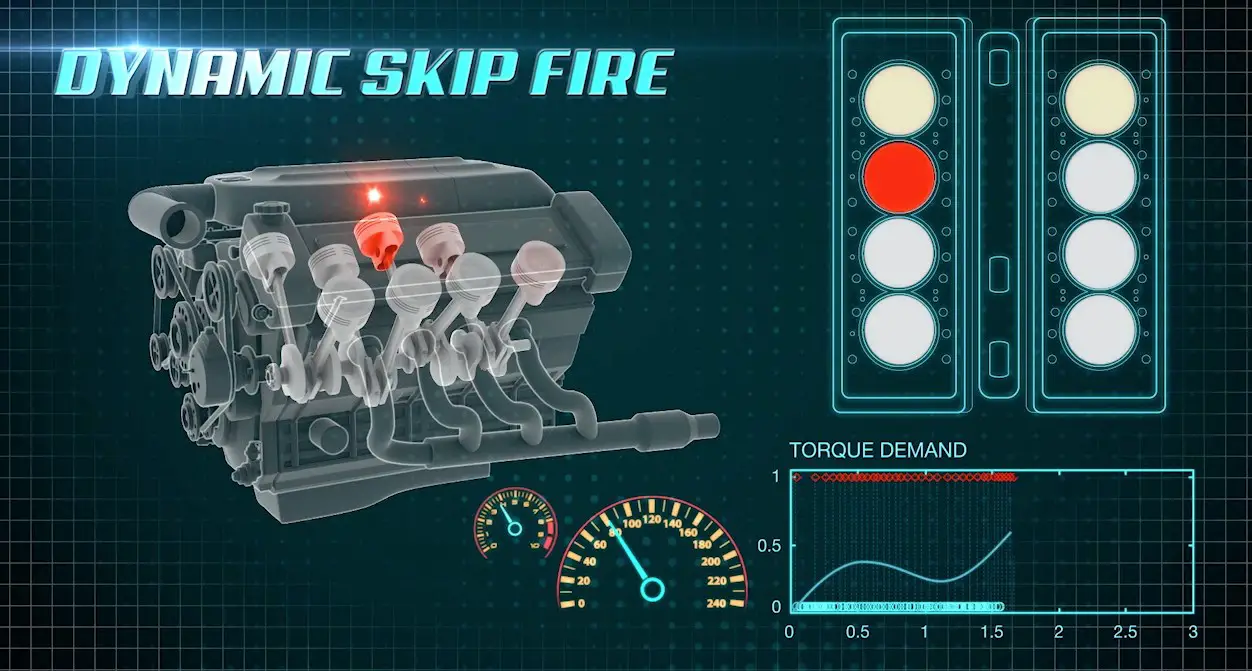Search the Community
Showing results for tags 'active fuel management'.
-
Information on Vibration Analysis and Diagnostic 2014/2015 Chevrolet Silverado and GMC Sierra This seems to be a vibration campaign that has been around since January 2015. I have seen many complaints on different forums about this issue. I also have a vibration/harmonics issue that is not there all of the time but most. My issue seems to be centered around the V4 decel, and body mount configuration. This link is filled with a ton of information about various causes and repairs many of the 2014/2015 GM truck owners are experiencing. Some may be experiencing a combination of more than one issue at a time. Many more may not be experiencing any vibration at all. I do believe for those folks with the "Cadillac ride" its only a matter of time before they start experiencing vibration/harmonics issues. Its kinda nice to get this information out so that GM can streamline the repair process even further. If enough of these trucks show up for repair request for vibration they may even send out letters to further enhance quality control. http://oemdtc.com/6392/information-on-vibration-analysis-and-diagnostic-2014-2015-chevrolet-silverado-gmc-sierra/3 If link does not work copy and past in your browser.
- 90 replies
-
- 4
-

-
- vibrationv4
- tires
- (and 13 more)
-
Chevy passed out a 2019 Silverado information book to journalists during this week's media drive. I'm working on scanning the entire thing and sharing it here. There's a lot of information packed into this flip book. I thought the most interesting was the engine line up and an AFM vs DFM diagram. This is the best comparison blowout diagram I've seen so far. Here's the four pages related to the engines.
-
Hi everyone, I just purchased a 2016 GMC Sierra SLT Crew Cab All Terrain X a few weekends ago. The AFM (Active Fuel Management) is such a pain when switching from V4 to V8 mode at low speeds (non-highway driving) because I hate the "bogging" or "hesitating" feeling the truck gives off and the exhaust tone is UGH... I had a 2007 Avalanche and used a Range Technology device to disable it. But overtime I would have to pull the device out and plug it back in because it wouldn't activate sometimes. Been reading on this forum about the Range device for the newer Sierra's and people have been having issues with them and could mess with the computer overtime. So I won't be going that route. Another option is to get a tune like BlackBear and get it disabled or set a minimum speed of when the AFM activates. But a tune isn't an option for me right now because I want to keep my warranty as long as I can. Someday BlackBear tune will in my future! So I decided to try something. For the last couple days I have been driving in Manual mode "M" and setting it to M7 (7th gear) and driving like normal (non-highway driving). I was shifting gears up ( + ) and down ( - ) because I thought that was what you were suppose to do but I found out I can just set it to M7 and not worry about shifting, it does it for me, it just doesn't go into M8 (8th gear), which I don't need when I am going less then 50mph most days. I watched it stay in V8 mode stay the WHOLE TIME! The only time it went into V4 mode was when I shifted into M8 and then I switched back to M7 and it went back into V8 mode. So I think I found a workaround without having to void my warranty with a tune or messing up my computer with a AFM disabler device. I want to get your thoughts guys, will running in Manual "M" mode ruin the transmission in anyway? Not using M8 (8th gear) for slow speeds have long term affects with that gear? I am going to do this for another week or two and report my findings. This guy is happy when my truck isn't "bogging" or "hesitating" and have full power!!!
- 22 replies
-
- afm
- active fuel management
-
(and 7 more)
Tagged with:
-
Does a Range AFM disabler work on a 2017 model? Their website indicates it goes up to 2016. I can't see what should be different... but I think they are overpriced to begin with, so I don't want to shell out the dollars for it if it's a paperweight. My truck is a 2017 1500 with a 5.3L & 6 speed. I only want it so that custom exhaust won't sound stupid. Had an i2 programmer for my 16 and it won't work on my 17... so I quit with the programmer, I'll stick with plug and play if it is truly that.
-
I have a 2016 Crew Cab Silverado 4x4 that I bought new last summer. I have noticed that recently when the active fuel management switches from 4 to 8 cylinders that there is a loud (loud enough to hear it with the windows up, A/C and radio on) squeak like noise that comes from the truck. It makes this noise every time it switches from 4 to 8, no matter what the speed. I don't remember it doing this until recently. I've googled active fuel management noise, active fuel management squeak and tons on other combinations, but haven't gotten any results. I wanted to check on here and see what you guys thought before looking like a dumb ass and taking it back to the dealership.
- 32 replies
-
- active fuel management
- afm
-
(and 2 more)
Tagged with:
-
Hello everyone new to the community and new to Chevy trucks. I'm looking to purchase my first Silverado in the near future but after researching the current gen Silverados I keep seeing how afwul afm is in these trucks and how in extreme cases it can lead to engine failure. Can someone explain to me exactly what what the problems are that owners are seeing with this technology and my big question is, have a lot of the issues been worked out or even resolved in the 2017-2018 models? Are the problems with afm severe enough to not make it not worth getting a new Silverado? All the bad things I am reading are really pushing me away from buying one . Any and all information is welcome ! Thanks guys !
- 69 replies
-
- afm
- 2017silverado
-
(and 2 more)
Tagged with:
-
The press release says it best: "Instead of relying on fixed cylinder deactivation or switching between fixed patterns like current multi-cylinder engines, Tula’s DSF technology continuously makes dynamic firing decisions on an individual cylinder basis to deliver the required engine torque for all vehicle speeds and loads while avoiding vibration. Independent testing commissioned by Tula shows that the application of DSF technology can improve fuel efficiency in a multi-cylinder engine (4/6/8 cylinders) by as much as 15 percent when compared to a vehicle equipped with an engine that does not have cylinder deactivation." In short, GM has replicated the mechanical attributes of displacement on demand with a digital software solution. Will this technology see the light of day in the future? We sure hope so.
- 34 comments
-
- active fuel management
- afm
-
(and 3 more)
Tagged with:






